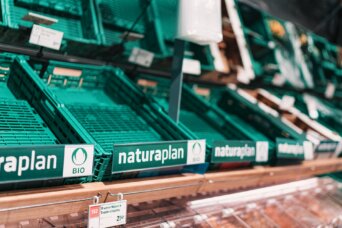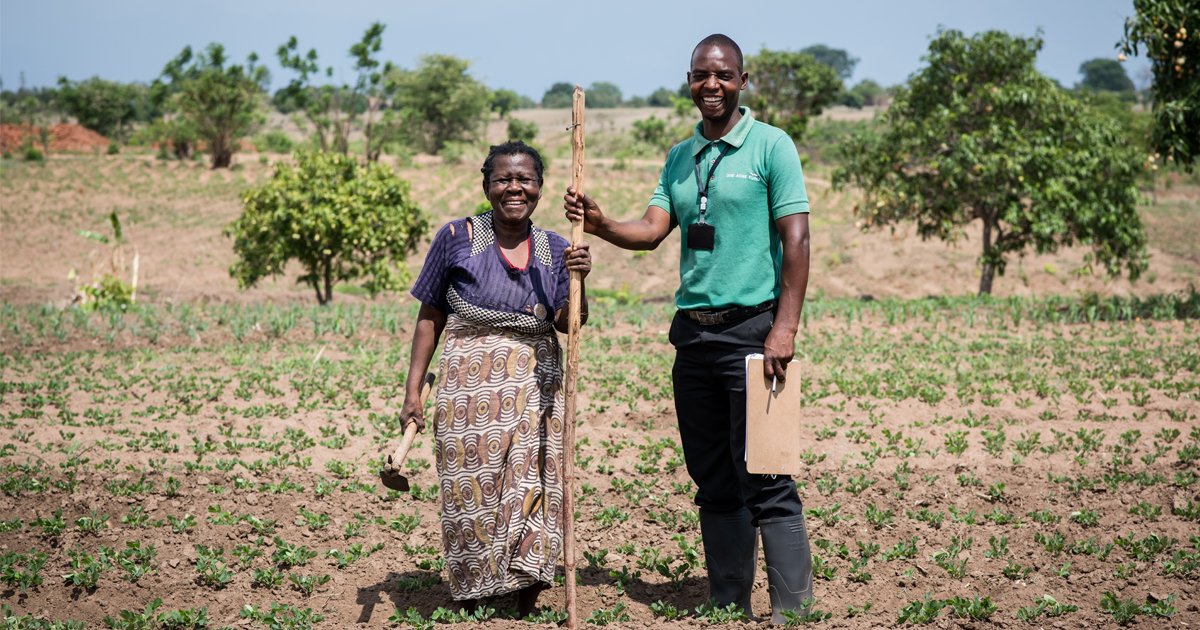- About
- Topics
- Picks
- Audio
- Story
- In-Depth
- Opinion
- News
- Donate
- Signup for our newsletterOur Editors' Best Picks.Send
Read, Debate: Engage.
| topic: | Food Security |
|---|---|
| located: | Brazil, Argentina |
| editor: | Ellen Nemitz |
On World Food Day's celebrations this 16 October, the United Nations highlighted a concerning number regarding food distribution: although hunger was already a global problem before the COVID-19 pandemic, the amount of people worldwide lacking sufficient food reached 811 million in 2020.
Data may differ from one source to another, but a national survey on food insecurity in the context of the COVID-19 pandemic showed that 116.8 million Brazilians (nearly 55.1 percent) were living with "some degree of food insecurity," while 19 million faced actual hunger. It is interesting to observe that Brazil had previously left the list of countries facing systematic hunger thanks to a continued program of wealth distribution - although the program did not end the systematic problem of poverty, it did help to provide better living conditions to many.
Nowadays, the main culprits of food scarcity are unemployment and rising inflation. From the sad scenes of people gnawing on bones to extract some meat to memes on social media showing the sharp change in prices, it is easy to notice the challenge families face with increasing living costs. The basic food basket can cost up to sixty percent of a minimum wage in the most expensive cities - an amount that not every person can actually earn, especially since informal work is very common in the country.
Even though the inflation rate in Brazil of 10.25 percent over the past twelve months is one of the highest in recent years, the problem is even worse in Argentina. A report from Bloomberg shows that the rampant inflation of the South American country was even higher than expected in September: in one year, consumer prices have risen by 52.5 percent.
Among the products that saw the sharpest increase in prices were some basic commodities: clothing, food and healthcare. In this scenario, the Argentinian National Institute for Statistics revealed that an impressive 40.6 percent of the population is currently living under the poverty line.
Of course, Brazil and Argentina are not alone; other Latin American countries, such as Venezuela, Bolivia, and Colombia face the same problem to some extent. It's a systemic challenge in a region plagued by inequality.
Although the ultimate answer to hunger and food insecurity is multifaceted and complex, the report Transforming food systems for food security, improved nutrition and affordable healthy diets for all, published by the UN Food and Agriculture Agency (FAO), lists possible pathways towards this goal, including scaling up climate resilience, strengthening resilience to economic adversity and tackling poverty and structural problems.
In addition, the president of the International Fund for Agricultural Development, Gilbert F. Houngbo, affirmed to the United Nations that listening to small-scale food producers is key to overcoming the food distribution inequality. Similarly, scientists have been observing the potential of agroforestry to tackle the food insecurity crisis, especially considering the climate crisis’ rising danger.
"By adopting agroforestry practices, smallholder farmers are able to increase their food security while simultaneously sequestering carbon from the atmosphere, bettering their economic opportunities, and enhancing other essential ecosystem services," wrote the crowdfunding platform Grow Ahead, which supports farmer-led agroforestry projects.
Photo by Claudio Schwarz

